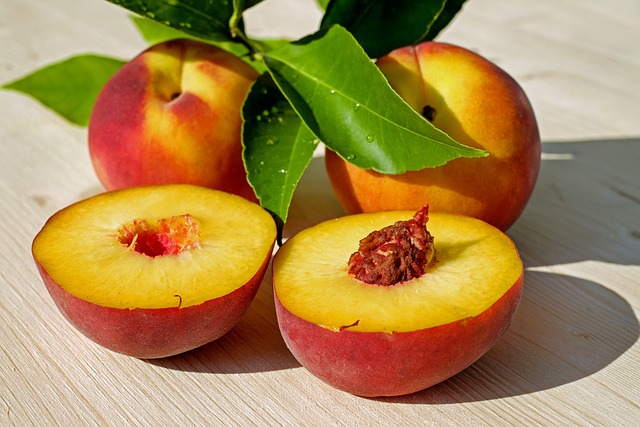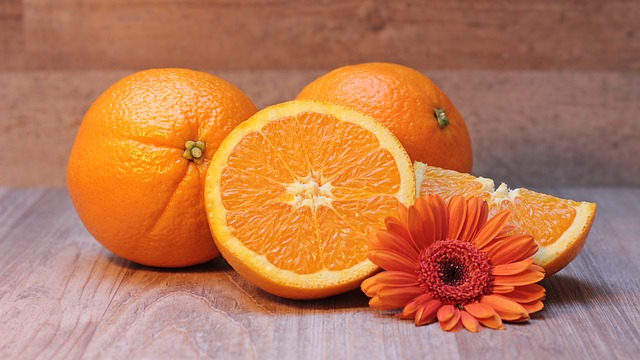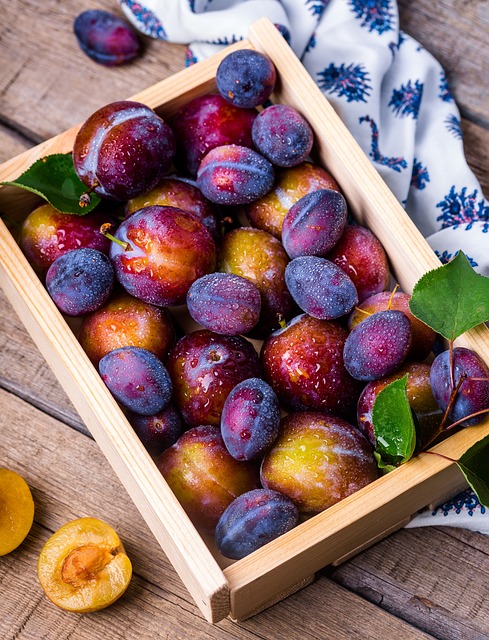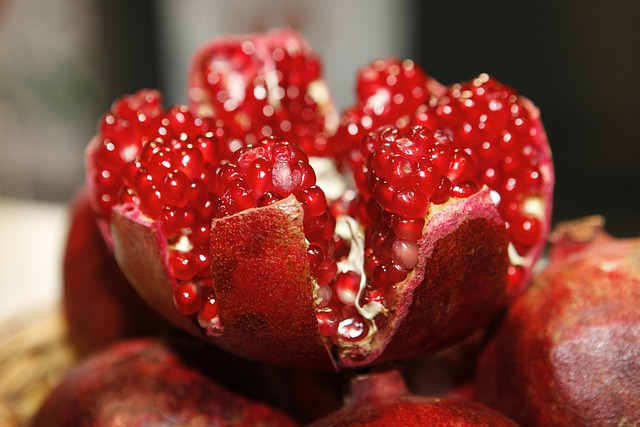The Ultimate Probiotic Lifestyle: How to Incorporate Fermented Foods into Your Daily Routine
Probiotics have gained immense popularity in recent years for their potential health benefits. These live microorganisms, often referred to as “good bacteria,” can help promote a healthy gut and improve digestion. While probiotic supplements are widely available, incorporating fermented foods into your daily routine is a natural and delicious way to boost your probiotic intake. In this article, we will explore the various ways you can embrace a probiotic lifestyle by incorporating fermented foods into your daily routine.
1. Yoghurt
Yoghurt is one of the most popular fermented foods that people consume regularly. It is made by fermenting milk with live bacteria cultures, including Lactobacillus and Bifidobacterium. Yoghurt can be enjoyed as a standalone snack, added to smoothies, or used as a topping for fruit bowls and desserts. Make sure to choose plain, unsweetened varieties to avoid added sugars that can undermine the health benefits.
2. Sauerkraut
Sauerkraut, a traditional German dish made from fermented cabbage, can add a tangy kick to your meals. It is rich in probiotics and contains high levels of vitamins C, B, and K. You can use sauerkraut as a topping for hot dogs, sandwiches, or salads to elevate the flavor profile. Keep in mind that the beneficial bacteria are most abundant in raw, unpasteurized sauerkraut, so be sure to check the label before making a purchase.
3. Kimchi
Originating from Korea, kimchi is a spicy fermented vegetable dish that is commonly made with cabbage and radishes. It is packed with vitamins, minerals, and probiotics. Kimchi can be enjoyed as a side dish, with rice, or added to stir-fries for an extra kick. If you aren’t fond of the strong flavors, try starting with a small amount and gradually increase your intake.
4. Kombucha
Kombucha is a fermented tea that has gained a loyal following due to its refreshing taste and potential health benefits. It is made by fermenting sweetened tea with a culture of bacteria and yeast. Kombucha is available in various flavors and can be a great alternative to sugary sodas or juices. However, be cautious with store-bought kombucha, as some brands may contain high levels of added sugars.
5. Miso
Miso, a traditional Japanese seasoning, is made by fermenting soybeans with salt and a specific fungus called koji. It is widely used in soups, marinades, and as a flavorful glaze for grilled dishes. Miso paste can be found in different varieties, such as white, yellow, and red, each offering a unique taste and aroma. When using miso in cooking, remember to add it towards the end of the cooking process to retain the beneficial bacteria.
6. Tempeh
Tempeh is a plant-based protein source made from fermented soybeans. It is commonly used as a meat substitute in vegetarian and vegan diets. Tempeh has a nutty flavor and a firm texture, making it a versatile ingredient for stir-fries, sandwiches, or even grilled on its own. It is considered a nutrient-dense food containing probiotics along with beneficial enzymes and antioxidants.
7. Pickles
Pickles, a classic condiment, can also be a source of probiotics. However, not all pickles provide the same benefits. Look for pickles made through natural fermentation rather than those made with vinegar, as the former contains live bacteria. Homemade pickles or those from specialty stores are more likely to be fermented. Use them as a topping for sandwiches, burgers, or eat them straight out of the jar as a flavorful snack.
8. Kvass
Kvass is a traditional Slavic drink made from fermented rye bread. It has a tangy flavor and is often enjoyed as a refreshing beverage. Kvass can easily be prepared at home, but it can also be found in select stores. It is a lesser-known option for incorporating probiotics into your routine but can be a unique addition to your fermented foods repertoire.
Remember, moderation is key when incorporating fermented foods into your daily routine. Start with small portions to allow your body to adjust to







